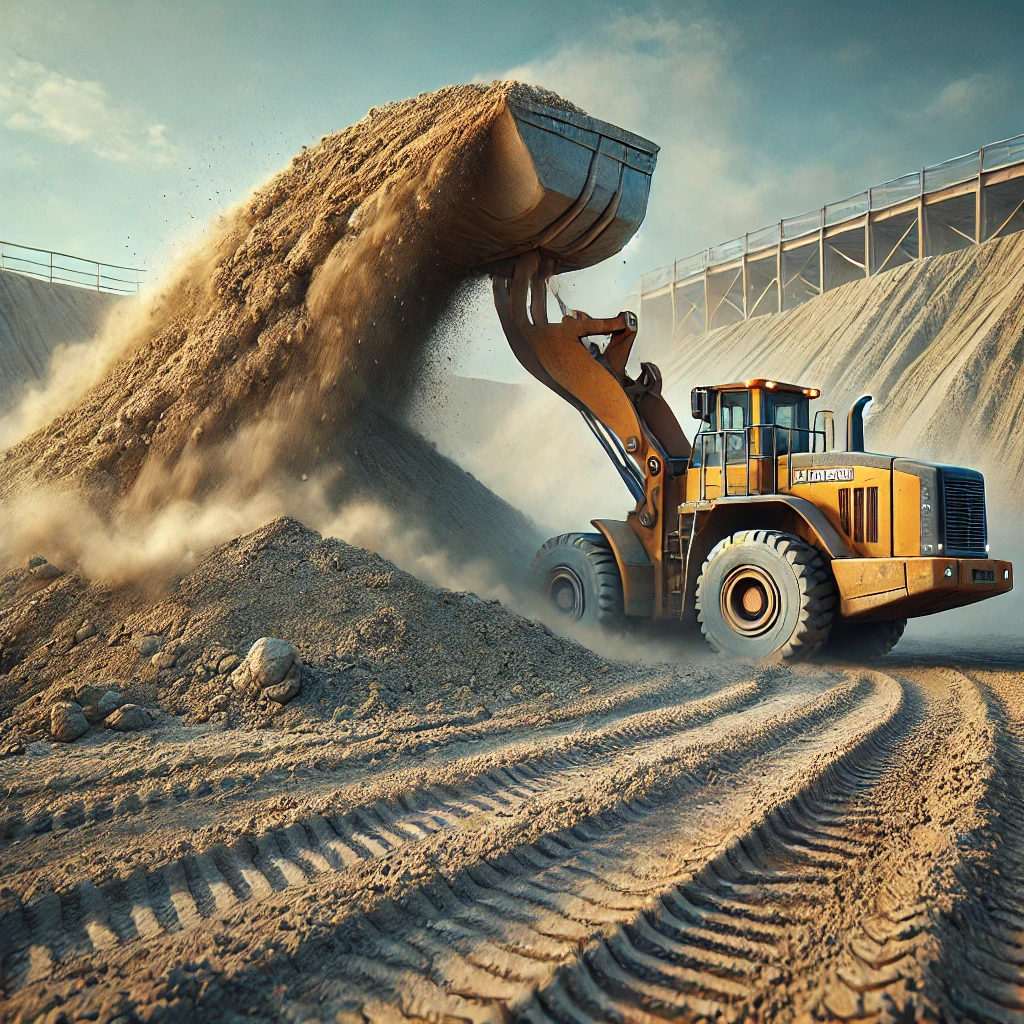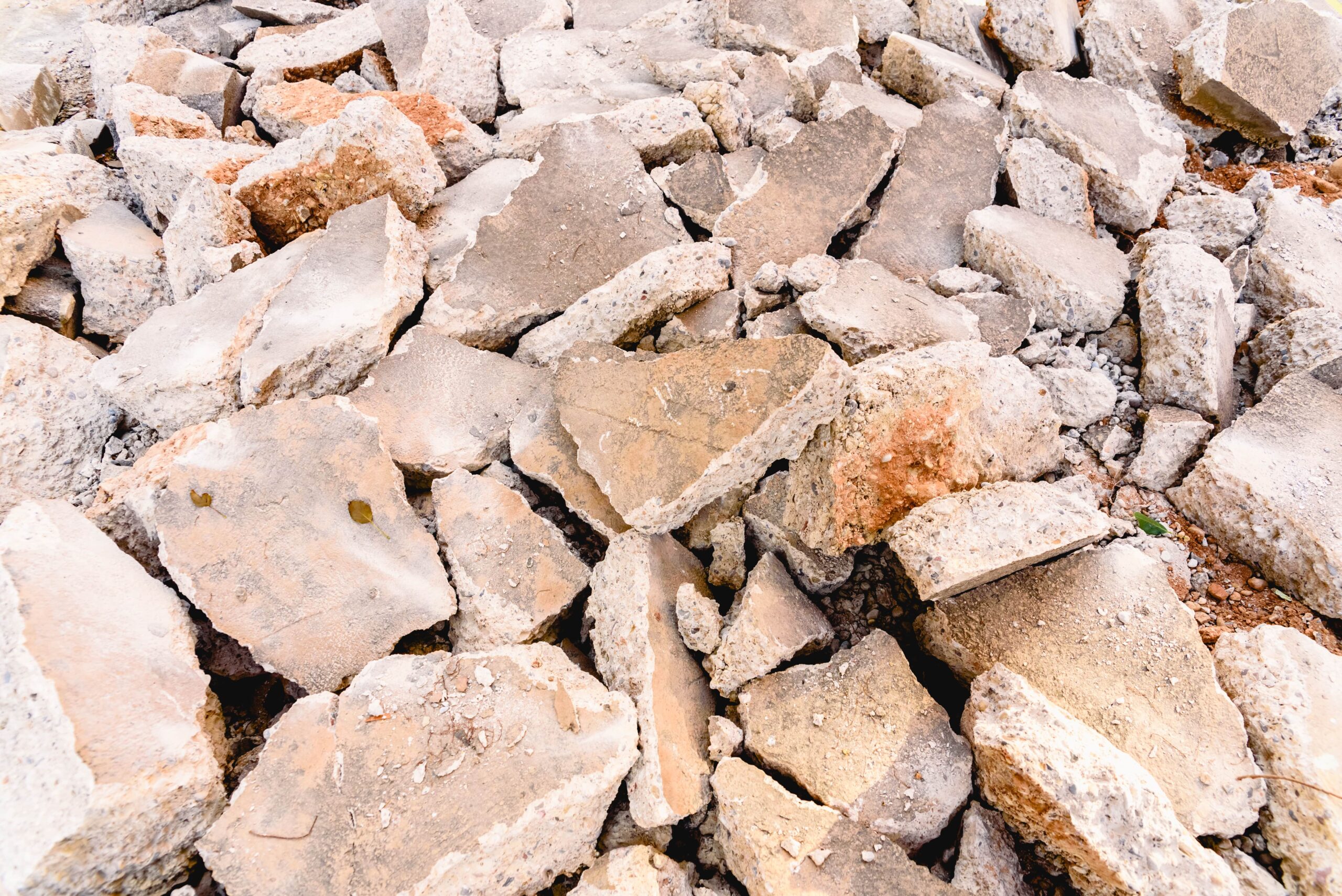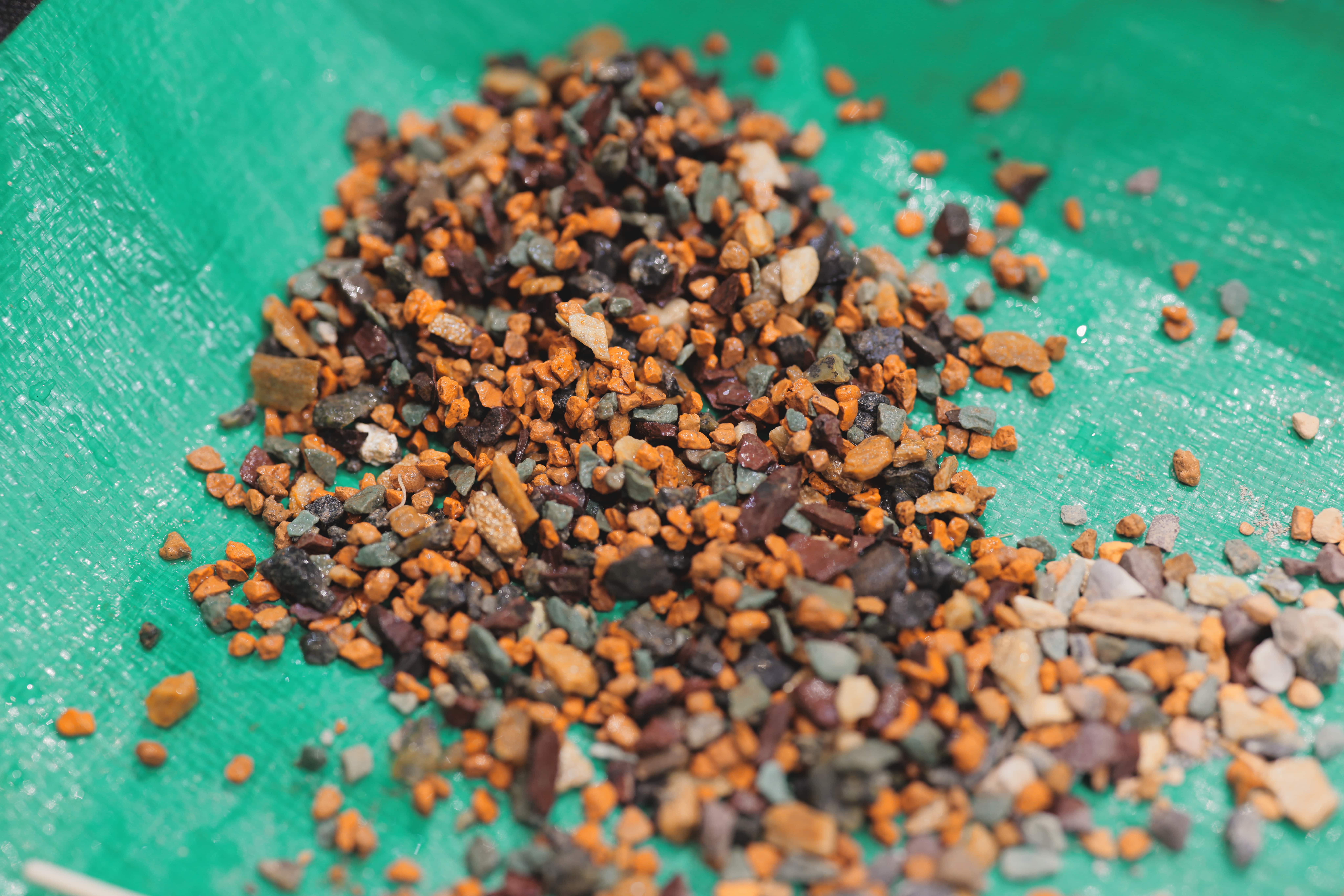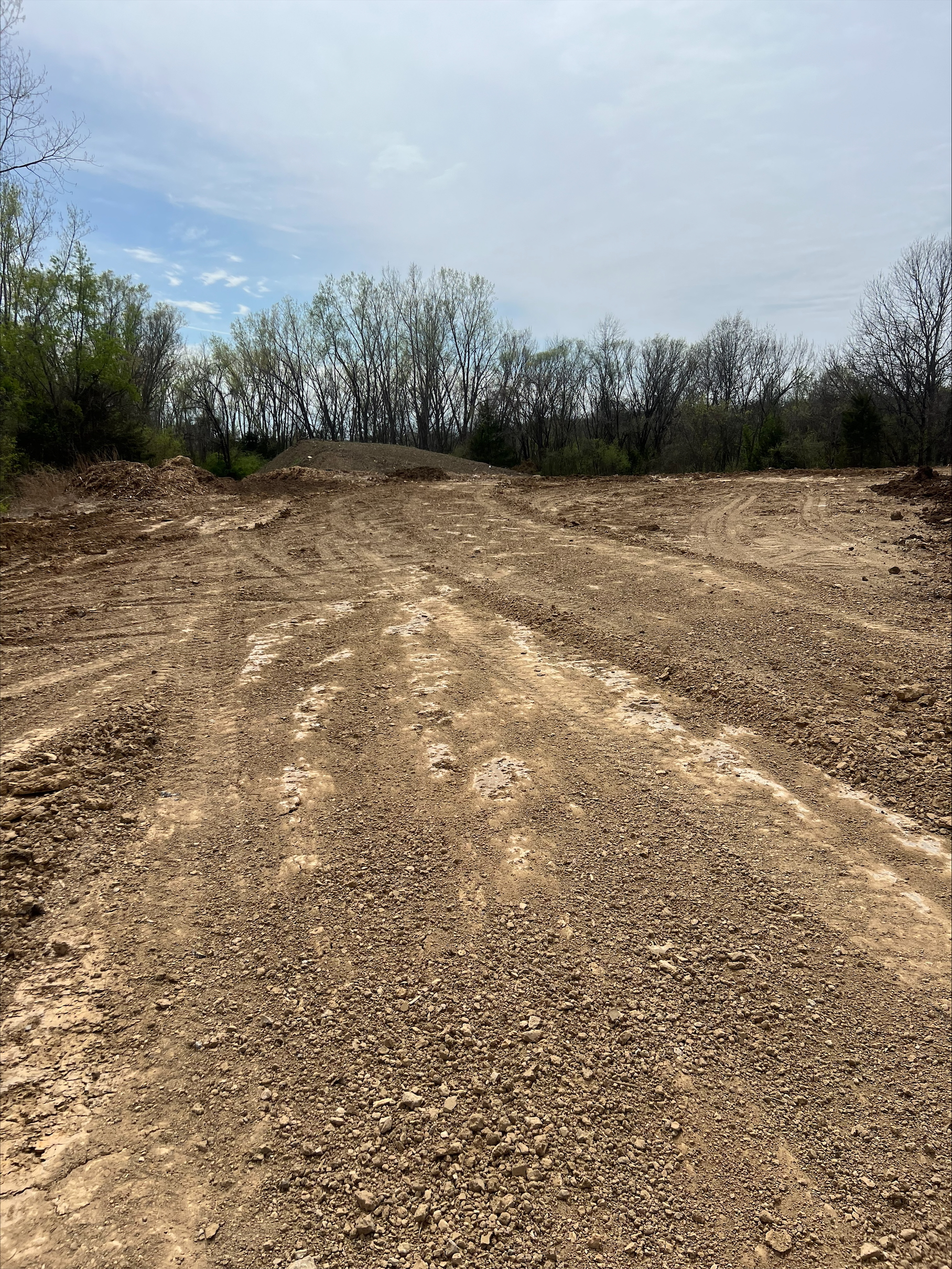Interviews with Houston Contractors: Select Fill Best Practices
Introduction
Select Fill is a key material in Houston’s construction industry, but choosing, sourcing, and using it correctly can make a significant difference in project success. To get real-world insights, we spoke with experienced Houston contractorswho specialize in residential, commercial, and infrastructure projects. They shared their best practices for using Select Fill effectively, avoiding common mistakes, and ensuring long-term stability.
In this article, we’ll cover:
- How expert contractors choose the right Select Fill
- Best compaction and installation techniques
- Common challenges and how to overcome them
1. Choosing the Right Select Fill: What the Pros Say
A. Matching the Fill to the Project
Contractors emphasized that not all Select Fill is created equal. Steve M., a Houston site prep specialist, explained:
“The biggest mistake I see is using the wrong type of fill. In flood-prone areas, we prefer sandy Select Fill because it drains better. For heavy structures, we go with a denser, low-PI material to avoid shifting.”
B. Sourcing from Reliable Borrow Pits
Mike R., a commercial contractor, pointed out that consistent quality is key:
“I only work with trusted Houston-area borrow pits. Some suppliers mix in debris or organic material, which can cause future settlement issues. We test every batch before use.”
C. Checking Moisture Content
Moisture content affects compaction and stability. Sarah L., a Houston roadwork contractor, shared:
“If the Select Fill is too wet, it won’t compact properly. If it’s too dry, it won’t bond together well. We always adjust moisture levels before compaction.”
2. Best Practices for Installing & Compacting Select Fill
A. Proper Layering & Compaction
All contractors agreed: compaction is everything. Juan C., a residential foundation expert, explained:
“You can’t just dump Select Fill and expect it to work. We spread it in thin layers (6-8 inches max) and compact each layer before adding more. That’s the only way to prevent future settling.”
B. Using the Right Equipment
For proper compaction, different equipment is needed:
- Vibratory rollers for large infrastructure projects
- Plate compactors for small residential work
- Sheepsfoot rollers for clay-heavy areas
C. Conducting Field Density Tests
Experienced contractors always verify compaction quality before moving forward. Tim W., a civil engineer, noted:
“We run a Proctor test to determine the optimal compaction level, then use a nuclear density gauge to check that we hit that number before proceeding.”
3. Overcoming Common Challenges with Select Fill
A. Managing Houston’s Unpredictable Weather
Rain can delay work and affect compaction. Sarah L. recommended:
“Always plan for rain. If the site gets too wet, work stops. We often cover Select Fill piles with tarps and use trenching to prevent washouts.”
B. Addressing Soil Movement Issues
Houston’s expansive clay soil can shift over time. Mike R. suggested:
“If you’re building in an area with high clay content, use lime-treated Select Fill. It helps stabilize the soil and prevents long-term movement.”
Conclusion
Houston contractors agree that proper material selection, layering, and compaction are key to a successful project. Working with trusted Borrow Pits ensures high-quality Select Fill, leading to durable, long-lasting construction.
For premium Select Fill in Houston, visit Borrow-Pit.com today!




